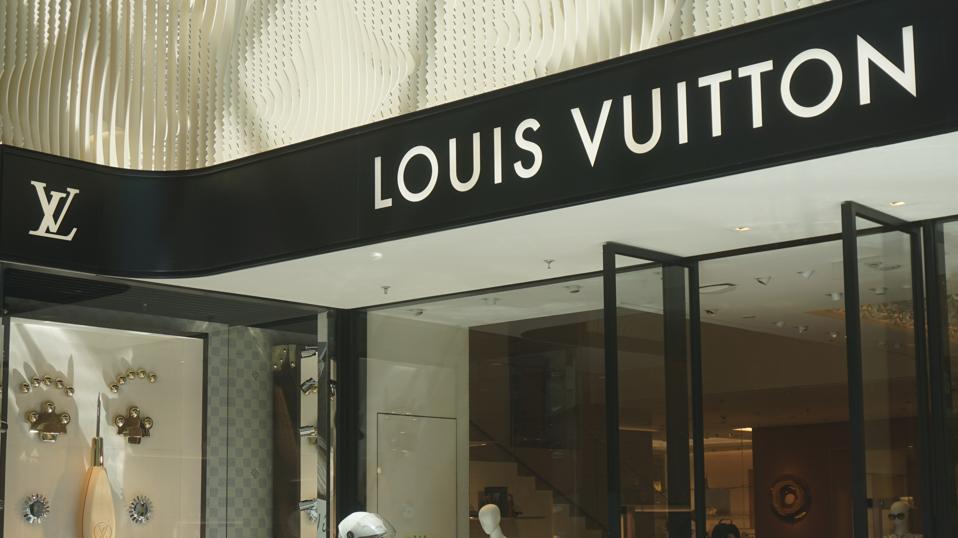This year’s been rough for tech investors and there’s likely more to come. AirTree founding partner Daniel Petre says canny investors and clever companies will make it through to the other side.
Daniel Petre AO will share his full story live at the Forbes Australia Business Summit. You can secure your ticket here.
Key Takeaways
- In the 2021-22 financial year, 709 deals closed totalling more than $10.55 billion in venture capital
- Companies hoping to IPO in the next year or so understands that valuations in 2023-24 will be very different to what they were in 2020-2021
- Beyond revaluations, there will be companies that will fail during this period of correction, and there will be a slowdown of cash going into startups

Globally, stock markets are in the midst of a correction because of a range of issues that have driven interest rates up, and economic confidence and performance down. While at this stage, all we have seen is, mainly, the impact of interest rates on the concept of free money and therefore a smack to valuations built in a world where yield was hard to find and money was free.
We have yet to see the impact of any economic slow down. It seems the worst of the tech market correction for high quality technology companies – defined as those with strong growth, high margins and sustainable cashflows – is mainly done.
Those in the public markets whose valuation was based on growth only (while burning cash) or those that have seen the growth decline, will continue to get smashed. Which brings us to the private markets. The data in this less than transparent world is becoming clearer. In short, corrections are much higher than in the public markets mainly due to the immaturity of the startups and, in many cases, bat-shit crazy valuations during 2021.
If you are raising money now for a startup and you are at the early or seed stage (maybe Series A) then investors can see through the current turmoil and look out five to seven years when the company will mature, and see that exiting then will be in a different, and hopefully, more positive economic environment.
If you are raising late stage money then good luck. Any company or investor hoping to IPO or exit an investment in the next year or so understands that valuations in 2023-24 will be very different to what they were in 2020-2021 and so the plan is either try not to raise for 18-24 months or be prepared for a down round.
That’s all pretty obvious. The more intriguing question is, why didn’t we see this coming.
In Australia between 2012 and 2022, pretty much every venture capital fund saw 90% of their investments go up. Everyone was a genius, all staffed by wise investors able to see into the future.
Exits during the period were stellar with many funds already having returned 3-4 times investors’ capital, with more on the way.
All good, except most investors running most VC funds have never had to manage a fund through a crash (either the big one in 2000 or the minor quake in 2009) and many really thought things were different this time.
Even smart people seemed to think the era of free money was going to continue forever. Or they didn’t want to be the one spoiling the party by pulling back from investments made in late 2020-2021 that on any balanced view were … nuts.
It seems the choice was clear. You either thought that investing in average performing companies at nosebleed revenue multiples was going to be the norm for the next five to seven years (so enough time to get your money out) or, more likely, the VC industry hunted as a pack and none of the major players wanted to signal that things had gone a bit crazy.
Beyond revaluations, there will be companies that will fail during this period of correction, and there will be a slowdown of cash going into startups.
– Daniel Petre, AirTree founding partner
In a number of the VC funds reports for the March quarter this year, which were published in April 2022, the public market correction was in full swing and yet few, if any, VC firms marked down any of their investments. One VC firm began its March quarter update with commentary on the public tech market crash, detailing the massive whack to valuations. A few pages into the report, the firm discussed their portfolio performance and there wasn’t a whisper of a revaluation … not one. You can only ask what were they thinking in having the contrast between public market Armageddon and “nothing to see here” when referencing their portfolio companies.
As the June quarter reports from VC firms (and some superannuation funds) now show, not all is going swimmingly. Wow … who would have thought? Valuations are being marked down.
The much-watched Canva revaluation from US$40 billion to US$25 billion, by the three major VC funds holding Canva – Blackbird, Square Peg and AirTree – shows that even an incredible company with growth >70%, high margins, heavily cash-flow positive and millions of dollars of cash in the bank, can’t avoid gravity. Canva will continue to flourish and will be valued back over the previous US$40 billion soon enough.
That will be the case for many portfolio companies whose short-term valuations will be impacted by this correction. As they continue to show high growth, sustainable differentiation and margins, and a growing cash pile, they will continue to demand a premium to the “normal economy”.
Even if you assume a halving of valuations (based on multiples of revenue run rate) but you assume 100% growth year-on-year then, by simple math, in two years’ time the company, valued on half the run rate it was valued in 2021, will be worth more than it was in 2021. We just have to be a little patient.
It is also worth remembering that the impact of technology and technological innovation is not falling short. In fact, with a whole new advent of Web3 (blockchain) use cases proving themselves, and a massive increase in innovation in the healthcare sector, to name just two major investment areas, it is not unreasonable to expect that come 2024-25, investment pace and size for VC globally will return to 2021 levels.
There are more companies with less than Canva-esque performance whose valuations need to be impacted by gravity. It is not clear all will. They will exist in this weird world of not being worth what they are today but probably not able to spend the money required to grow into their current valuations. For these companies it is a tension between running out of cash while staying alive long enough for tech markets to start to correct and allow them to raise money at something other than desperation levels.
Beyond revaluations, there will be companies that will fail during this period of correction, and there will be a slowdown of cash going into startups. Some were ideas that probably should never have been funded. Their model never made sense, their unit economics and product differentiation were never clear, so their only chance of survival was for the “free money” world to continue.
The real tragedy is companies with solid business models, clear product differentiation and low customer churn that perhaps are not growing as fast as some investors would want, are still burning cash (but in a controlled and thoughtful manner) but got their timing wrong (meaning they had planned to raise in maybe Q2 2022 as opposed to Q4 2021).
It would be nice to think that all VC firms would look through their portfolio to lean into these companies and prove out their often touted “we are founder friendly” or “we lean in during times of difficulty”. Sadly, this seems not to be the case generally.
If we could spend $1 helping to save an investment and generate an okay return versus letting the company fail, get back our investment (through preferred liquidation rights) and allocate the $1 to something with a higher return expectation, then that is what we are going to do.
It seems that a more ethical approach would be to look at your funds and see if they are in decent shape (returning >15%-20% IRR). If so, then maybe use some of the excess cash to allow some portfolio companies to get through this “valley of death” and create not only decent returns for investors but also help save jobs and create value for founders.
The startup and innovation ecosystem has to take a big dose of medicine over this next period, but it will emerge stronger and larger, as it has with each past correction.
Oh, and it is pretty clear that it is not different this time. The problem was many investors were not paying attention.


